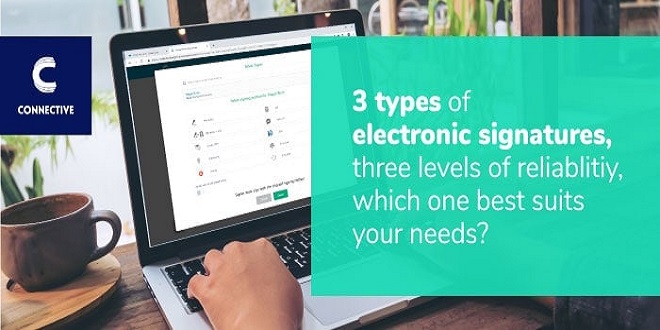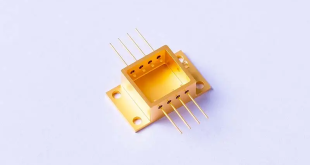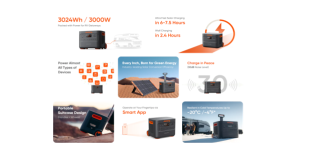Electronic signatures are widely accepted as the current equivalent of a wet signature across the industrialized world. The phrase electronic signature encompasses signatures ranging from the most basic to the most complicated. Moreover, there are a few alternative approaches to verify and identify your signers to fulfill the legal requirements in different nations.
Understanding electronic Identification, Authentication, and trust Services (eIDAS)
The electronic identification, authentication, and trust services (eIDAS) is a legislative rule that harmonizes the laws of the EU member states, resulting in a single framework that applies throughout the EU. Also, it went into effect in 2016. The eIDAS categorizes eSignatures as follows:
- Simple or basic electronic signatures (SES)
- Advanced electronic signatures (AES)
- Qualified electronic signatures (QES)
Why do you use each type?
Various types of eSignatures are required for different use cases. Conversely, different forms of eSignatures may be selected according to the type of transaction, the location in which one is based, and the internal regulations of an organization. It is frequently beneficial to create an internal eSignature policy that specifies when employees should use each kind.
- Basic electronic signatures
The most general sort of eSignature is a basic electronic signature. According to the eIDAS regulation, an electronic signature is “data in electronic form that is coupled to or logically related with other data in an electronic structure and that is utilized to sign by the signatory.” In most cases, basic electronic signatures are legally enforceable, although some organizations may need a greater degree of validity before accepting an eSignature. A basic eSignature can be made by scanning an image of a signature or checking a checkbox to indicate agreement to website terms and conditions and similar text.
- Advanced electronic signatures
Signers must employ digital certificates to prove their identity in advanced electronic signatures. The signers get the document and sign it as standard, while the certificate is applied to the senders’ desired document. So that the signer’s identity is validated but not guaranteed by digital certificates, it is known that the signature is unquestionably connected to the signer. Additionally, multi-factor authentication may be used to increase security.
- Qualified electronic signatures
Qualified trust service providers (QTSP) approved by the government permit electronic signatures to be qualified to:
- Prove the signer’s identity in person or via video chat with a valid identification document.
- Verify the signer’s identity at the moment of the signature using signer-held or cloud-based certificates.
Moreover, examine your country’s law standards for specific instances to determine which electronic signature is appropriate for you. Electronic signatures may be valid in various countries.
The legality of electronic signatures under UETA
To be regarded as legitimate and enforceable, an eSignature must fulfill the following criteria:
- Consent: The electronic signing procedure must be accessible to all parties to the agreement.
- Intent: The signer must demonstrate intent by actively adding a digital signature to sign an electronic document.
- Association: The chosen electronic signature method must be linked to the digital document when signed and stored in Adobe PDF or any other file type.
- Attribution: The eSignature must be traceable to the signatory, taking into account the context and circumstances of the signing procedure. This might include an IP address, date or time stamp, and other essential metadata.
- Record retention: The electronic document should be kept in a format that allows it to be accessed and duplicated as needed. It must also keep an accurate audit record of all activities at each workflow level.
Difference between a digital and electronic signature
Even though many individuals use the phrases interchangeably, there is a distinction between digital and electronic signatures. The most significant difference is due to technological advances. A digital signature always relies on cryptographic technology. This implies that the content of the document will always be locked and protected when you place a digital signature. You will always have the guarantee that the document’s content cannot be modified after signing. However, this is not always true for electronic signatures.
If your company routinely sends and receives signed documents, a workflow management tool can help you stay in compliance with all of the rules and regulations governing digital document signing. Most current applications provide rapid compliance with the eIDAS regulatory requirements, which need locally-held electronic identification credentials, control and secrecy of those credentials, and the identity and direct connectivity to the signing.
 Pagal World
Pagal World




